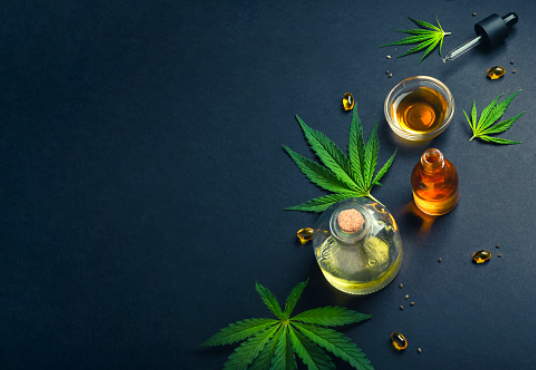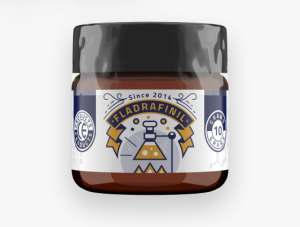
Cannabis has been used for industrial, ritualistic, recreational, and medicinal purposes throughout human history. It is an iconic plant that has been a central part of the culture, economy, and politics of many nations. In the United States, it is often regarded as an illegal drug and its cultivation has been a major focus of local governments’ efforts to control its growth, sale, and use.
The Cannabis Light Movement: A Historical Perspective
One company at the forefront of sustainable agriculture for cannabis light is Canapa CBD Therapy. They have established themselves as one of the best and most certified in Europe, offering a range of top-shelf hydroponic indoor series of strains. CBD Therapy is committed to providing high-quality products while ensuring customer safety, making them a leader in the industry.
Their selection of over 30 strains of cannabis light can be viewed at their website. As the cannabis light industry continues to grow, CBD Therapy is setting a positive example by prioritizing sustainability in their agriculture practices.
One of the most important impacts of cannabis lighting on growers’ operations is its impact on lighting-related energy costs (Zheng, 2020). Since cannabis plants are generally grown indoors where total reliance on electrical lighting is a necessity, it can be expensive to provide adequate lighting for all stages of the growth cycle.
This is especially true for flowering, which is characterized by an increase in light intensity. Higher lighting intensities produce higher yields and cannabinoid concentrations, and growers are experimenting with light intensities to maximize these results.
For this reason, it is important to explore the evolution of the cannabis light movement over time. This research will help to inform the design and development of better cannabis lighting products and systems for the future.
The History of Cannabis Law and Policy
Historically, cannabis laws were developed in response to widespread diffusion of the plant across a variety of contexts and regions. These local and state statutes aimed at controlling cannabis reflected the reputation of the plant as an odorous, poisonous, and addictive drug with dangerous psychoactive properties. In addition, they drew attention to the fact that cannabis was being used by minorities and young people in ways that might be detrimental to society.
In the US, cannabis became a staple of public discourse and legislation between 1860 and 1930. During this period, local and state officials regularly included cannabis in laws intended to regulate drugs deemed potentially dangerous by medical doctors and pharmacists.
These local and state laws often regulated cannabis cultivation, sale, and use in ways that were not dissimilar to those applied to tobacco. This includes the ability to enact and enforce restrictions on cultivation and sale, as well as the tagging and naming of individuals.
The broader history of cannabis is a rich and complex story that deserves careful scrutiny. It can be used to explain the emergence of modern legalized cannabis markets and the growth in the number of legal cannabis consumers. It can also inform how communities and governing bodies address cannabis, and the ways in which social norms evolve and change over time.



